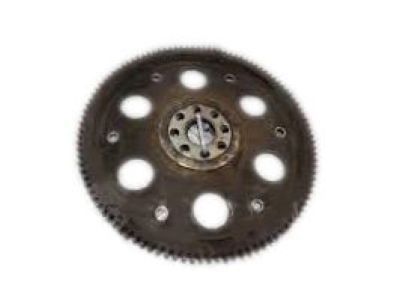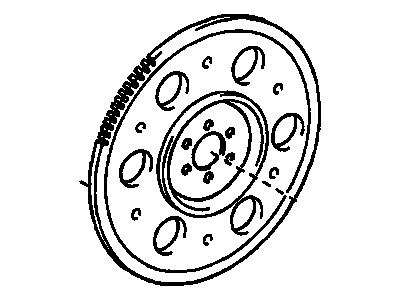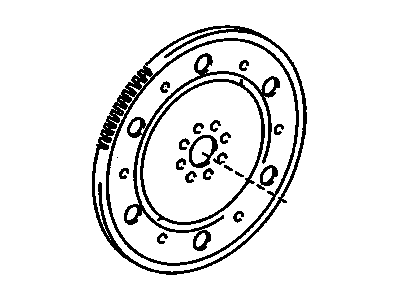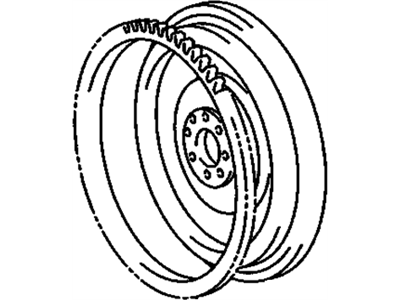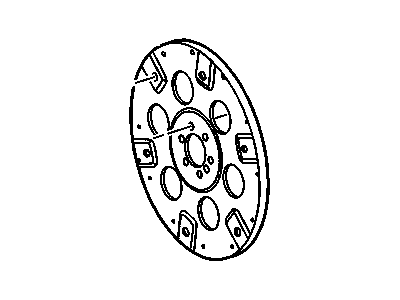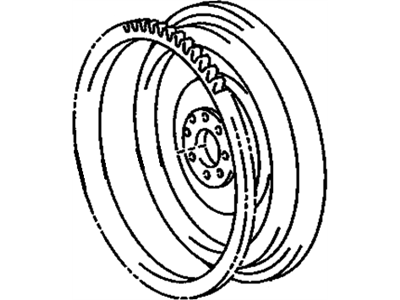
My Garage
My Account
Cart
Genuine Pontiac Vibe Flywheel
Clutch Flywheel- Select Vehicle by Model
- Select Vehicle by VIN
Select Vehicle by Model
orMake
Model
Year
Select Vehicle by VIN
For the most accurate results, select vehicle by your VIN (Vehicle Identification Number).
7 Flywheels found
Pontiac Vibe Flywheel
Each OEM Pontiac Vibe Flywheel we offer is competitively priced and comes with the assurance of the manufacturer's warranty for the part. Furthermore, we guarantee the speedy delivery of your orders right to your doorstep. Our hassle-free return policy is also in place for your peace of mind.
Pontiac Vibe Flywheel Parts Questions & Experts Answers
- Q: How to remove and install the flywheel/drive plate on Pontiac Vibe?A:To remove the transaxle, first raise the vehicle and support it securely on jack stands. Next, take out the pressure plate and clutch disc for manual transaxle-equipped vehicles. Make alignment marks on the flywheel/drive plate and crankshaft using a center punch or paint to ensure correct alignment during installation. Remove the bolts securing the flywheel/drive plate to the crankshaft; if the crankshaft turns, have an assistant wedge a screwdriver in the ring gear teeth to jam the flywheel. Carefully take off the flywheel/drive plate from the crankshaft, supporting it while removing the last bolt, and note that automatic transaxle-equipped vehicles have spacers on both sides of the drive plate. For installation, clean the flywheel to remove grease and oil, inspecting the surface for cracks, rivet grooves, burned areas, and score marks, with light scoring removable using emery cloth. Check for cracked and broken ring gear teeth, laying the flywheel on a flat surface to check for warpage with a straightedge. Clean and inspect the mating surfaces of the flywheel/drive plate and crankshaft, replacing the crankshaft rear seal if it is leaking before reinstalling. Position the flywheel/drive plate against the crankshaft, aligning the marks made during removal, and note that some engines have alignment dowels or staggered bolt holes for correct installation. Apply a thread-locking compound to the bolt threads before installation, wedge a screwdriver in the ring gear teeth to prevent turning, and tighten the bolts in a criss-cross pattern, working up to the final torque in three or four steps. The remainder of the installation follows the reverse order of removal.
